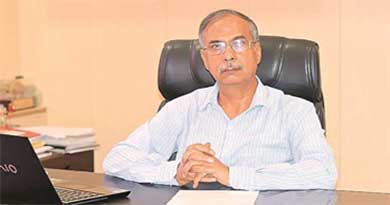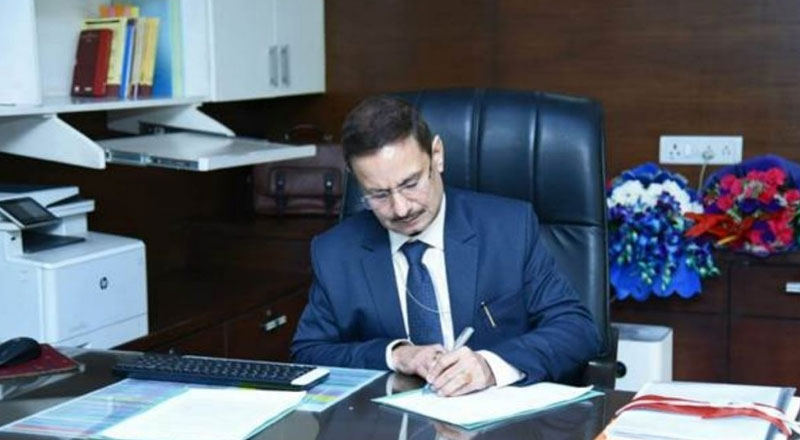The CSCs were introduced to provide citizens access to services through a digital framework. Every CSC has a basic infrastructure, which is a computer, a webcam, a scanner, and a printer, and some facility for power and connectivity.
Data show that between 2014 and 2019, that the total number of transactions at Common Service Centres (CSCs) have grown from 4.5 crore to 17.4 crore and, in terms of value, they have gone up from Rs 1,560 crore to well over Rs 28,000 crore. Says, Dinesh Tyagi, CEO-CSC Initiative
The mandate of CSCs to provide citizens access to services through a digital framework. Every CSC has a basic infrastructure, which is a computer, a webcam, a scanner, and a printer, and some facility for power and connectivity. In some places, the connectivity is through a landline, in others through the fibre, and some places still use data cards.
The connectivity is done by the entrepreneur themselves. BharatNet (world’s largest rural broadband project) came a little later, and BharatNet access to CSCs is still going on. The village-level entrepreneur who runs a CSC has some basic qualifications — Class 10 pass. He should have the interest to run an enterprise, the capital to make the initial investment, and he should be a risk-taking person.
Entrepreneurs make their living by delivering services and charging a service fee either from the citizen or the government (in case it is providing a service). But someone pays him an incentive to deliver the service. Government services are only enablers; they alone cannot create a sustainable business model because of the frequency in which the citizens use them.
It was very necessary to do B to C (Business to Consumer), which is based on the local demand. B to C was added in order to create a sustainable business model and in the B to C segments, financial inclusion, banking, insurance, pension are the major drivers. Railway ticketing is done, passport application is done. Also, if a person in a village wants to buy some product from ITC, Godrej, Patanjali, or IFFCO, or even a computer or phone, they can use the common service centre.
Secondly, we have tied up with HDFC bank to give some new products to rural India. There is a card, called the HDFC card, which can be given to any small and medium enterprise based on one-year bank statement. At the backend, the bank will calculate the credit limit and give him a credit card. You can benefit six crore small and medium business. They will be able to do more business and create more employment. This is going to redefine the way credit is extended to people across the country.
Lastly, the most important thing is the education. We want every citizen in the rural area should be able to access education facilities similar to what is available to citizens in urban areas. You can do a digital literacy program, a computer program, an MBA program, or even a law course sitting in a village through online courses. You can give prepare for various exams such as the IIT entrance exams. We are introducing new courses on artificial intelligence, blockchain, machine learning for a very nominal fee.
In BOX: Today, CSC a banking, insurance and pension service provider. Today, about half of them are not covering these areas. Our effort is to use every access point to deliver banking services. And of course, we are doing telemedicine, homoeopathy, ayurvedic, allopathy. We are using emerging technology for diagnostic tests as well.
Another opportunity what CSC has awarded for managing BharatNet for the last mile for 1,20,000 panchayats. Our focus is to streamline the entire BharatNet network. It is proven that 10 per cent enhancement in internet usage will increase about two per cent of GDP. There will be phenomenal growth potential for the rural economy if we can try to maintain the BharatNet system.





